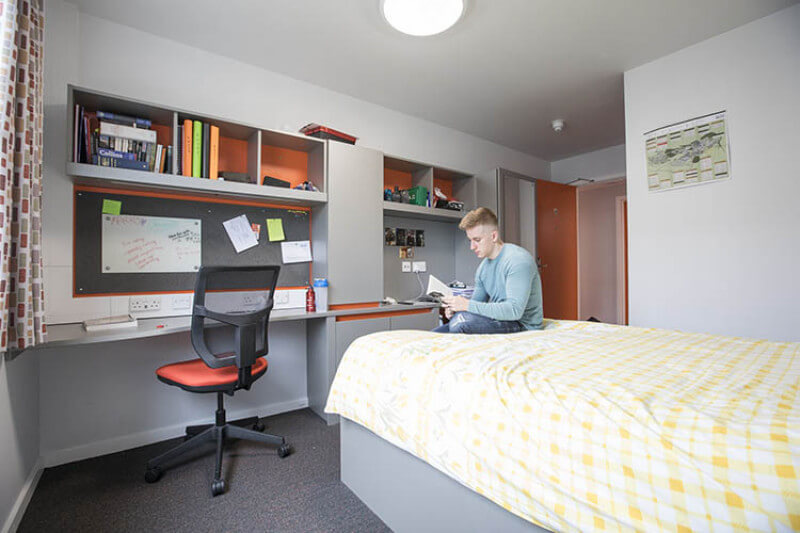The kitchen is often referred to as the heart of the home, and for good reason. It’s not just a place for meal preparation; it’s a gathering spot, a hub of activity, and a space where memories are created. If your kitchen is feeling a bit lackluster or outdated, it might be time for a transformation through interior design. In this article, we’ll explore how you can breathe new life into your kitchen, turning it into a stunning culinary space that reflects your style and meets your functional needs.
1. Assess Your Space
Before diving into a kitchen makeover, it’s essential to assess your space thoroughly. Take note of the kitchen’s size, layout, and any architectural features that you’d like to highlight or modify. Consider your storage needs, cooking habits, and the number of people who typically use the kitchen. These initial considerations will serve as the foundation for your design decisions.
2. Set a Budget
Interior designing Dubai projects can range from affordable to extravagant, so it’s crucial to establish a budget that aligns with your financial resources. Be realistic about what you can comfortably invest in your kitchen transformation, including materials, appliances, labor, and design fees. A well-defined budget will help you make informed decisions throughout the process.
3. Define Your Style
Every kitchen should reflect the homeowner’s unique style and taste. Take some time to explore different interior design styles such as modern, traditional, rustic, or minimalist. Create a mood board or collect inspiration images to help you clarify your vision for the space. Your chosen style will influence your color palette, furniture, and decor choices.
4. Optimize Layout and Functionality
Efficiency is key in the kitchen. Consider the kitchen work triangle, which connects the stove, sink, and refrigerator. This layout should be designed for ease of movement and functionality. If your current layout isn’t optimal, you may need to reconfigure the space, possibly involving a professional kitchen designer.
5. Select Quality Materials
When it comes to kitchen materials, quality matters. Invest in durable countertops, cabinets, and flooring that can withstand the rigors of daily cooking and cleaning. Popular choices include granite or quartz countertops, hardwood or tile flooring, and solid wood cabinets. Don’t forget to choose materials that complement your style.
6. Lighting Matters
Lighting plays a crucial role in setting the mood and functionality of your kitchen. Incorporate a mix of ambient, task, and accent lighting to create a well-lit space. Pendant lights over the kitchen island, under-cabinet lighting, and a statement chandelier can all enhance the kitchen’s aesthetics and functionality.
7. Color and Texture
The color palette you choose can significantly impact the overall feel of your kitchen. Light colors can make a small kitchen feel more spacious, while bold colors can add personality and drama. Additionally, consider adding texture through materials like subway tiles, beadboard, or a textured backsplash to create visual interest.
8. Appliances as Design Elements
Modern appliances are not just functional; they can also be stylish design elements. Stainless steel appliances, for example, can lend a sleek, contemporary look, while vintage-style appliances can add a touch of nostalgia. Make sure to select appliances that fit your kitchen’s size and layout.
9. Storage Solutions
Incorporate intelligent storage solutions to keep your kitchen organized and clutter-free. Pull-out pantry shelves, deep drawers, and customized cabinetry can help maximize storage space. Consider open shelving for displaying decorative items or frequently used kitchenware.
10. Personalize with Decor
To add the finishing touches to your kitchen transformation, consider incorporating personal decor items. This could include artwork, plants, decorative dishware, or a unique backsplash. These elements can infuse your personality into the space and make it feel truly yours.
11. Seek Professional Guidance
If you’re unsure about any aspect of your kitchen transformation, it’s a wise idea to consult with a professional interior designer or a kitchen specialist. They can provide valuable insights, offer creative solutions, and ensure that your project stays within budget and on schedule.
In conclusion, transforming your kitchen with interior design can turn a functional space into a beautiful and inviting one. By assessing your space, setting a budget, defining your style, and making thoughtful design choices, you can create a kitchen that not only meets your practical needs but also becomes a focal point of your home. Remember that a well-planned and executed kitchen makeover can significantly enhance your daily life and the overall value of your home. So, roll up your sleeves, and let the transformation begin!







